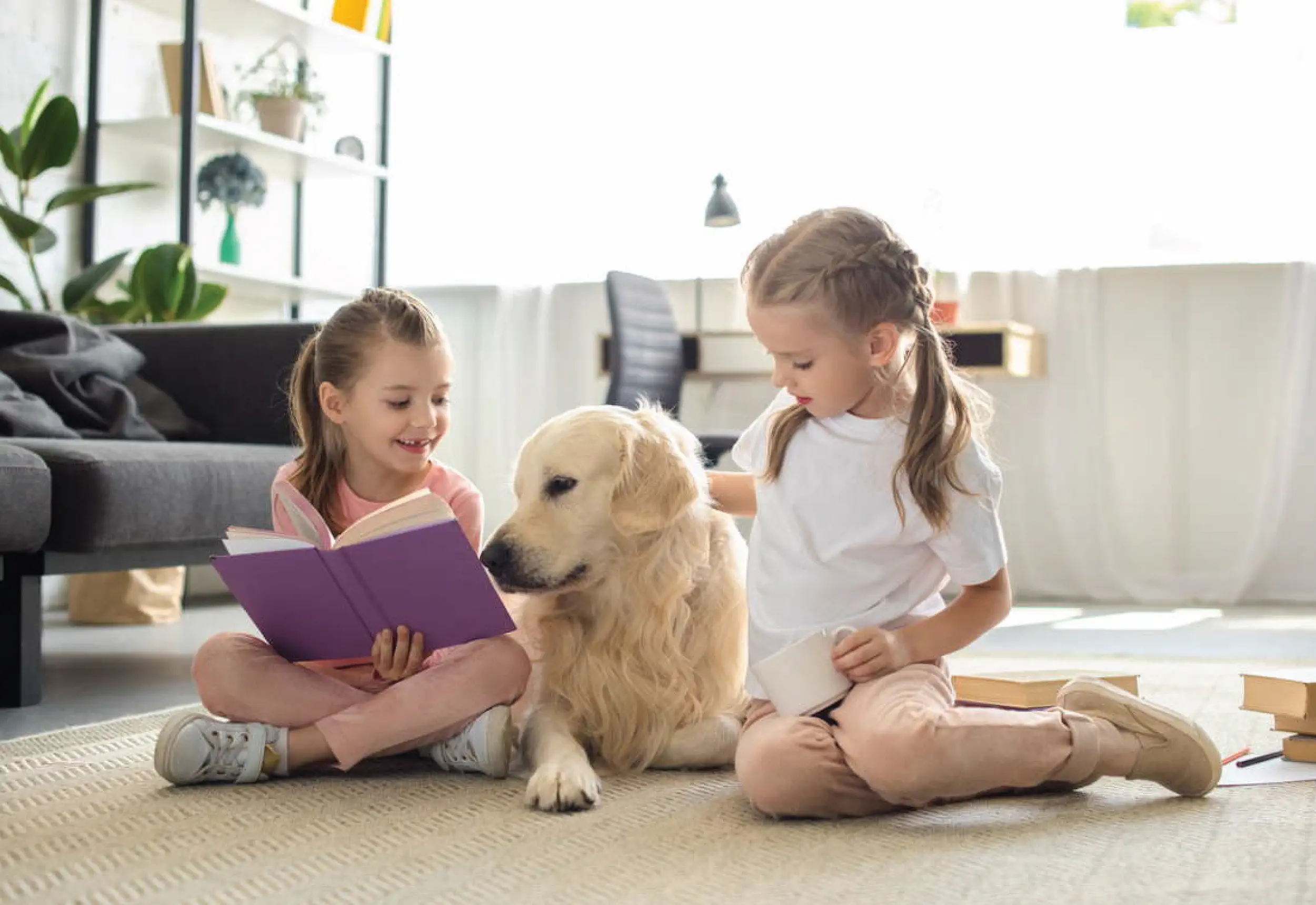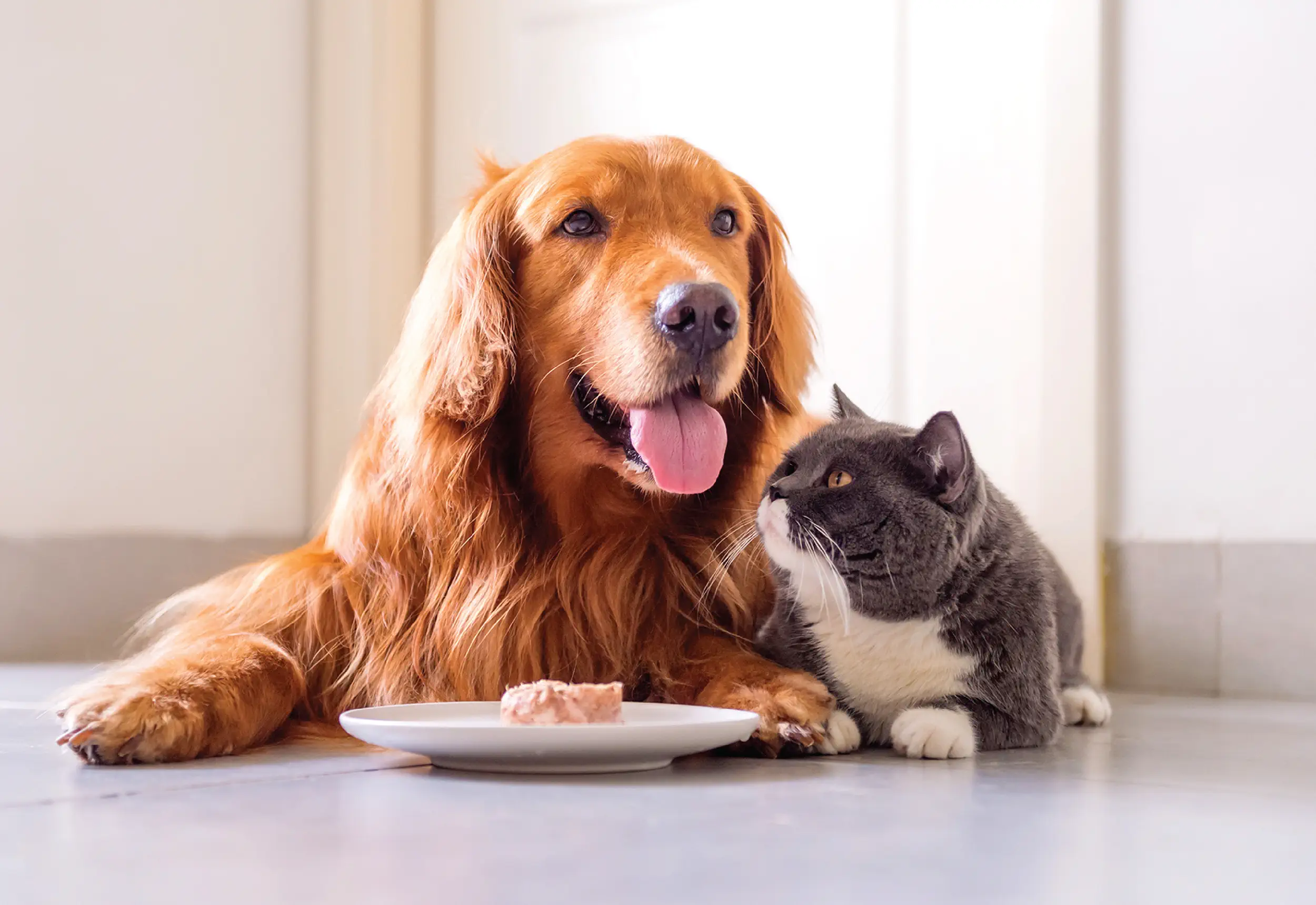Dogs are wonderful companions, but they can also be a handful if they’re not properly trained. That’s why it’s important to choose a training method that’s right for your dog’s breed.
There are many different breeds of dogs, each with its own unique personality and temperament. Some breeds are more independent and require less training, while others are more eager to please and learn quickly. It’s important to do your research and choose a breed that’s a good fit for your lifestyle and personality.
Once you’ve chosen a breed, you can start thinking about training. There are many different methods of dog training, and the best method for your dog will depend on its breed, personality, and age.
Here are some of the most popular breeds of dogs, and some tips on how to train them:
Sporting Dogs
Sporting dogs are active and athletic, and they love to retrieve. They’re also intelligent and easy to train. Here are some tips on how to train a sporting dog:
Start training early. Puppies are eager to learn, so it’s important to start training them as soon as possible.
Use positive reinforcement. Reward your dog for good behaviour and avoid punishing them for mistakes.
Be consistent. Dogs learn best when they know what’s expected of them. Be consistent with your commands and training methods.
Make training fun. Keep training sessions short and interesting. Use games and treats to keep your dog engaged.
Hound Dogs
Hound dogs are independent and stubborn, but they’re also affectionate and loyal. They can be difficult to train, but it’s possible with patience and consistency. Here are some tips on how to train a hound dog:
Start training early. Puppies are more likely to be receptive to training than older dogs.
Use positive reinforcement. Reward your dog for good behaviour and avoid punishing them for mistakes.
Be patient. Hound dogs can be slow to learn, so don’t get discouraged if they don’t pick up commands right away.
Use a variety of training methods. Hound dogs can be stubborn, so it’s important to use a variety of training methods to keep them engaged.
Working Dogs
Working dogs are intelligent and trainable, but they can also be strong-willed. They need a firm hand and consistent training. Here are some tips on how to train a working dog:
Start training early. Puppies are easier to train than older dogs.
Use positive reinforcement. Reward your dog for good behaviour and avoid punishing them for mistakes.
Be consistent. Dogs learn best when they know what’s expected of them. Be consistent with your commands and training methods.
Socialize your dog. Working dogs need to be socialized early on to prevent them from becoming aggressive or fearful.
Toy Dogs
Toy dogs are small and affectionate, but they can also be yappy and difficult to train. They need a lot of attention and socialization. Here are some tips on how to train a toy dog:
Start training early. Puppies are more likely to be receptive to training than older dogs.
Use positive reinforcement. Reward your dog for good behaviour and avoid punishing them for mistakes.
Be patient. Toy dogs can be slow to learn, so don’t get discouraged if they don’t pick up commands right away.
Socialize your dog. Toy dogs need to be socialized early on to prevent them from becoming aggressive or fearful.
No matter what breed of dog you have, it’s important to be patient and consistent with your training. With time and effort, you can train your dog to be a well-behaved member of your family.




